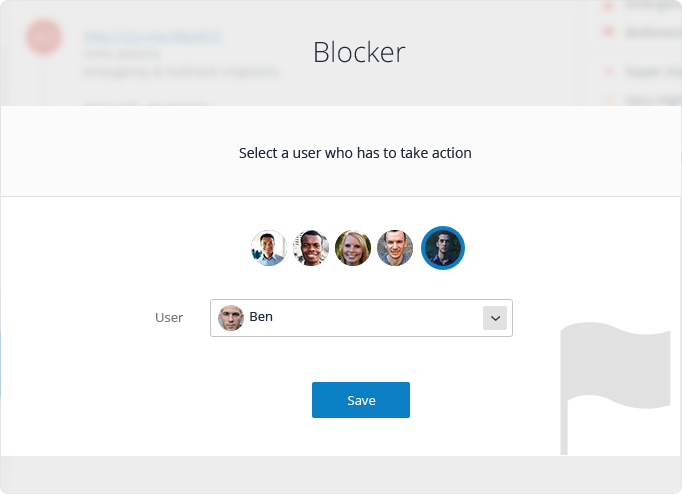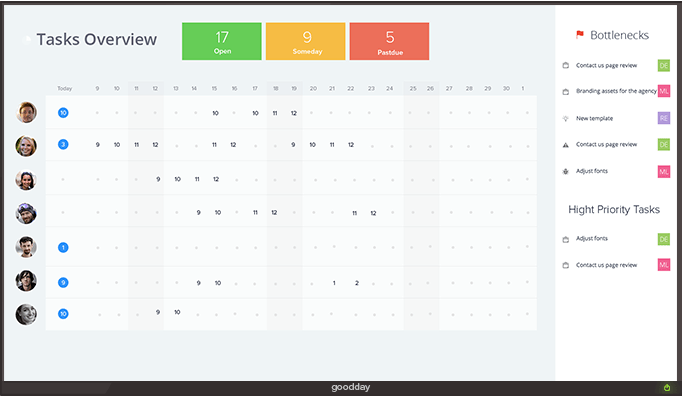Many organizational issues can cause bottlenecks, including poor planning, lack of resources, and inaccurate time estimates. But these causes are so common because of one major reason - lack of visibility and tools that help foresee that a team member is about to become a bottleneck.
There are two types of bottlenecks, and it is important to reveal and prevent both:
Short-term bottlenecks are caused by temporary problems. An example is when a team member goes on vacation and no one else can take over their projects. This causes a backlog in their work until they return and may block the work of others.
Long-term bottlenecks are rooted in process structure and occur repeatedly. An example is when only one team member in a department has the expertise to complete specific tasks, and becomes a bottleneck every time he gets too busy.












